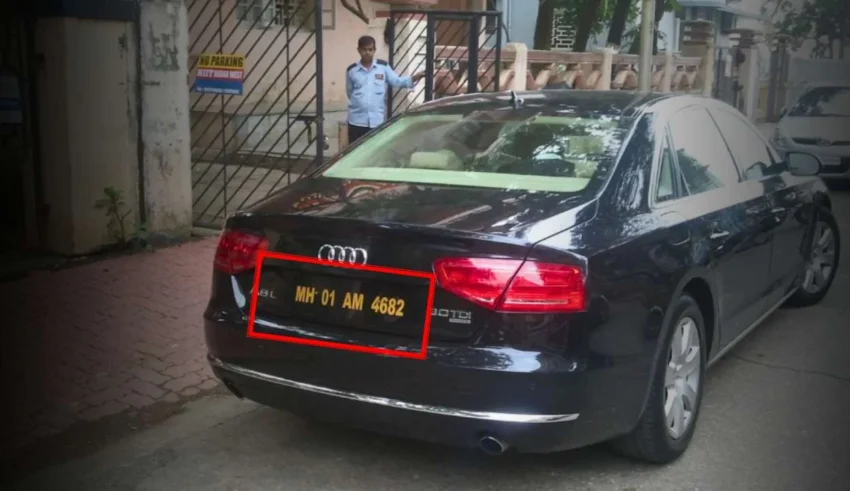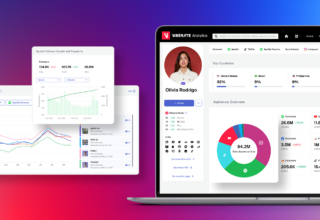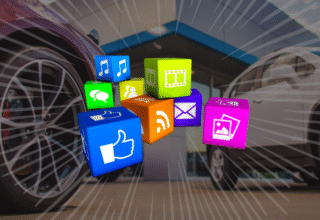
Most drivers assume switching to a private number plate means dealing with mountains of paperwork, insurance headaches, and complicated legal stuff. The reality? It’s surprisingly straightforward, but there are definitely some things worth knowing before making the jump.
The actual differences between private and standard plates go beyond just how they look on your car. Some changes are obvious, others not so much. Here’s what actually shifts when someone decides to make the switch.
Table of Contents
The Physical Plate Itself
Standard plates follow a strict format that tells everyone exactly when the car was registered. Those two numbers in the middle? They’re the giveaway. A “24” plate screams brand new car, while an “08” plate immediately dates the vehicle.
Private plates break that pattern. They can hide the age of a car completely, which is partly why people love them. A 15-year-old car with the right private plate can look significantly newer at a glance.
But the plate material and specifications stay the same. Both types need to meet DVLA standards—same reflective material, same font (Charles Wright 2001, if anyone’s wondering), same spacing rules. A private plate can’t be smaller, use fancy fonts, or break any of the legal requirements that apply to standard plates.
What Happens to Your Registration
This catches people off guard sometimes. When switching to a private plate, the car’s actual registration number in DVLA records changes. It’s not just a cosmetic swap—the vehicle is legally registered under the new number.
The V5C logbook gets updated with the new registration. Anyone checking MOT history, tax status, or insurance details needs to use the private plate number, not the old one. For drivers exploring options, browsing through available Private Number Plates helps understand what combinations work best before committing to the change.
The old registration doesn’t disappear though. It goes back into the DVLA system and could eventually be reassigned to another vehicle. That standard plate someone had for years might end up on a completely different car down the line.
Insurance and Documentation
Here’s where things get interesting. Switching to a private plate means contacting the insurance company. Most insurers don’t charge for updating the registration number, but they absolutely need to know about it. Driving around with a private plate while insurance records show the old number? That’s technically driving without valid insurance.
The same applies to any finance agreements on the vehicle. The finance company needs notification because their security is registered against a specific registration number. Missing this step can create problems if something goes wrong.
Road tax continues without interruption though. The DVLA handles that part automatically when processing the plate change. No need to re-tax the vehicle or worry about losing remaining months.
The Cost Factor
Standard plates cost whatever the local supplier charges—usually £20 to £40 for a set. That’s it. Buy once when the car needs new plates, done.
Private plates have an upfront purchase cost that varies wildly. Some combinations cost a few hundred pounds, others run into thousands. The rarer or more desirable the combination, the higher the price.
Then there’s the £80 DVLA transfer fee every time the plate moves to a different vehicle. Want to keep the same private plate across multiple cars over the years? That’s £80 each time. Standard plates just stay with the car when it’s sold—no transfer fees involved.
Physical replacement plates cost the same regardless. Need new plates made because the current ones are damaged? Same price whether it’s a private or standard registration.
Retention and Transferability
This is where private plates actually offer something standard plates don’t. A private plate can be kept on a retention certificate when selling a car, then transferred to a new vehicle later. That registration becomes an asset that moves independently of any specific car.
Standard plates don’t work this way. Selling a car? The registration goes with it. The new owner gets that registration, and the previous owner gets whatever plate comes with their next vehicle.
Some people treat private plates as investments because of this. Desirable combinations can increase in value over time, and they’re not tied to a depreciating car. A standard plate has zero value beyond the physical metal or acrylic it’s printed on.
What Doesn’t Change
Despite these differences, plenty stays exactly the same. The car’s VIN number, engine number, and actual identity remain unchanged. The vehicle’s history—previous owners, accidents, outstanding finance—all stays attached to the car regardless of what registration sits on it.
MOT and service requirements don’t change. The car still needs testing at the same intervals, and maintenance schedules stay identical.
Speed cameras, parking fines, and congestion charges all still work the same way. The ANPR systems read whatever registration is on the car, whether it’s private or standard. There’s no “hiding” from enforcement cameras with a private plate.
The Switching Process
Getting a private plate fitted involves more than just screwing new plates onto the car. The DVLA needs to process the transfer, which takes a few days to a couple of weeks depending on how it’s done.
Online applications move faster than postal ones. Once approved, new plates can be made up and fitted. The old plates should be destroyed—technically they’re no longer legal to display once the transfer goes through.
Some dealers handle the entire process when selling a car with a private plate included. Others leave it to the buyer to sort out. Worth checking who’s responsible for what before money changes hands.
When Standard Makes More Sense
Private plates aren’t for everyone, and that’s fine. Company cars often can’t have private plates due to fleet management systems. Lease agreements might prohibit plate changes. Some people just don’t see the point.
Standard plates also keep things simple when selling a car. No need to think about retention certificates or transfer fees—just hand over the keys and walk away.
Making the Switch Work
For those considering a private plate, the changes are manageable but real. It’s not just slapping different numbers on the car and calling it done. Documentation updates, insurance notifications, and understanding the transfer process all matter.
But none of it’s particularly complicated. Thousands of drivers switch to private plates every year without major drama. The key is knowing what actually changes versus what stays the same, then deciding if those changes align with what matters for that specific car and situation.















